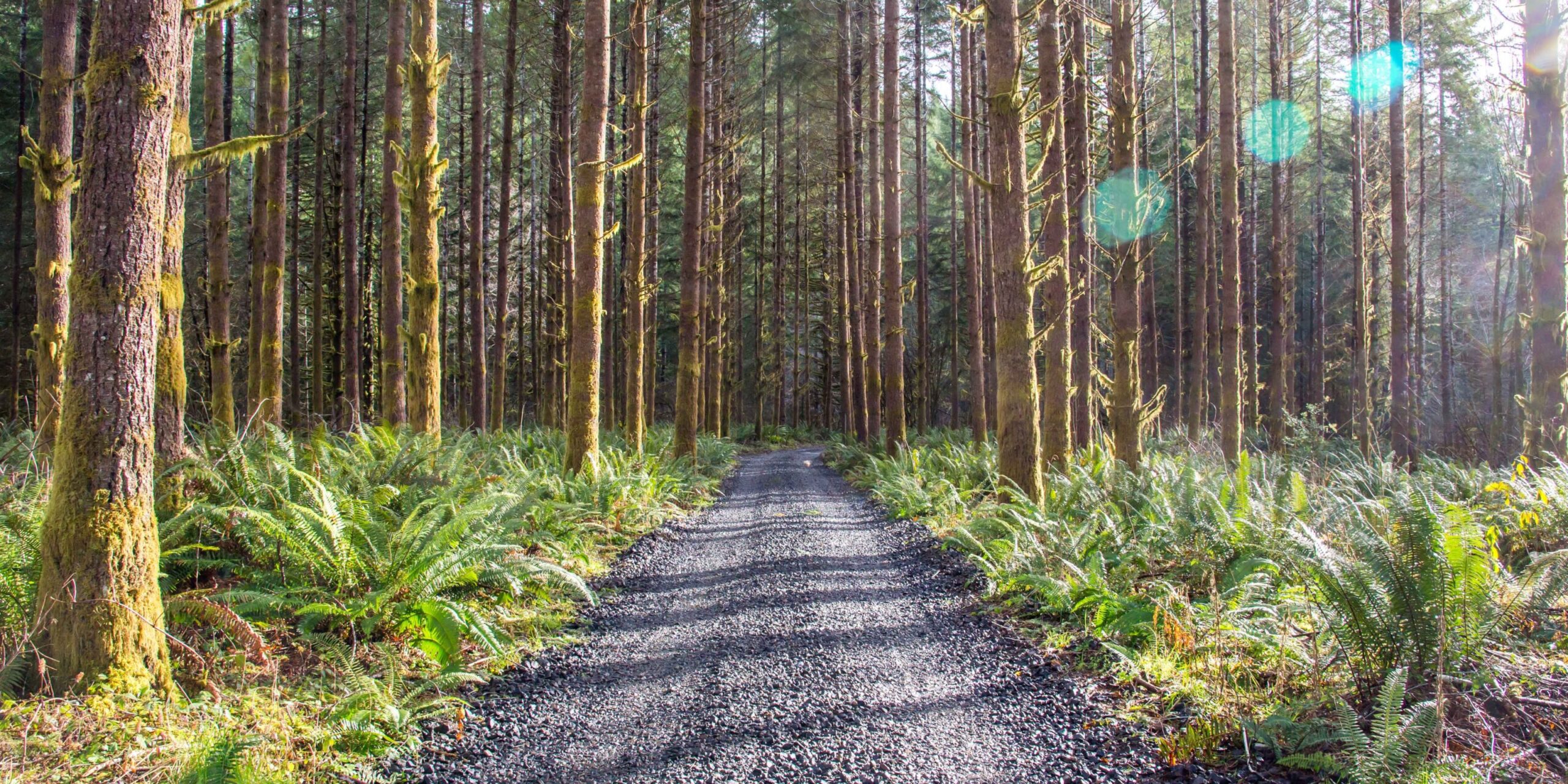
Work. Play. Renew.
Thriving Ecosystems: The Vital Connection Between Forests and Wildlife
Oregon is well-known for its lush green forests, beautiful rivers and diverse wildlife. Whether you’re visiting a waterfall along the popular Columbia River Gorge, watching a bald eagle soar or spotting black-tailed deer while hiking, Oregon’s natural beauty is stunning.
Oregon’s forests play a key role in the state’s ecosystem. These trees are not just beautiful to look at. They also play a critical role in the lives of animals all over the state as the wildlife habitats allow them to thrive.
Oregon’s wildlife has a vital connection with its forest ecosystems, and there can’t be one without the other. Read on to learn how they’re interconnected, as well as how humans can help protect these valuable wildlife habitats.
The Forest’s Connection With Wildlife
All animals have adaptations to help them succeed within their natural habitats. Within Oregon’s forests, species like great horned owls, black bears and rough-skinned newts are able to find everything they need to survive.
Food sources such as native plants provide species with nuts, berries and leaves, which give them the nutrients they need to survive. Other animals rely on insects or other animals to survive.
Fresh water sources provide drinking water and homes for fish. Forests also provide wildlife with nesting material, natural dens, spaces to raise young, hiding spots to avoid predators and so much more.
More Biodiversity Means Healthier Forests
Part of what makes Oregon spectacular is its variety of ecosystems, each with unique plants and animals. Whether it’s the marine-influenced forests on the coast or the forests of the Columbia River Gorge, each forest habitat in Oregon provides its wildlife with homes and resources.
These forest habitats remain healthy through their biodiversity—having a wide variety of plant and animal species. This is vital to the long-term success of any ecosystem. But why?
As an example, consider what would happen if a forest were made up solely of one tree species. The forest may be able to provide food and shelter for animals. But what if a disease affecting that tree species sweeps through the forest? This disease would weaken the forest significantly and impact all other species living there as well.
Compare that to another forest made up of lots of different tree species. A disease affecting a single species wouldn’t impact the whole forest. Instead, this forest would still be able to provide wildlife with enough shelter and food, and the forest would recover more quickly from the disease.
Having a stable, diverse ecosystem that can handle challenges and disturbances is key to a forest’s health—and therefore the health of its wildlife.
Habitat Fragmentation and Wildlife Corridors
Within the last century, Oregon’s wildlife has experienced much habitat loss and fragmentation. Humans have developed forests into farms, housing, city buildings and roads. Forests still remain, but many have been eliminated or fragmented, creating isolated patches of habitat in the middle of a human-developed environment.
Fragmentation of habitat can disconnect animals from resources and others of their species. Over time, this can lead to a population of animals struggling to survive—or even disappearing from an area of land altogether.
Migratory animals are especially affected by human development and habitat fragmentation. For example, deer herds rely on forests to guide them through their yearly migrations. Some species may travel hundreds of miles in a season. But this journey suddenly becomes a lot more challenging if there are now highways and roads that they must cross along the way.
Wildlife corridors are an important solution to help reconnect fragmented habitats and allow animals to migrate and travel safely. Highway overpasses and underpasses are designed specifically for wildlife to cross over dangerous roads. Use of these passes can be encouraged through fencing, which funnels animals to the correct location.
It’s not just beneficial for the animals. Wildlife corridors can also prevent car collisions with animals like deer and elk, thousands of which take place each year in Oregon.
Protecting natural wildlife habitat, advocating for natural wildlife corridors and reducing habitat fragmentation benefit all animals in Oregon’s forests.
River Ecosystems Matter Too
When you think about forests, you likely first think about trees. But here in Oregon, our forests also include rivers and streams. These water sources feed directly into the ocean and help provide wildlife habitat for fish, amphibians and our state animal, the beaver.
Maintaining rivers is especially crucial for fish like Chinook salmon, the largest Pacific Northwest salmon species. After living out their lives in the ocean, they depend on fresh, cold-water streams to spawn the next generation of fish. Sustainable forest management practices protect forest waters to ensure aquatic habitats are protected.
Human Connection with Forests
Oregon’s forests are just as crucial to human visitors as they are to wildlife. Oregonians have long seen forests as a part of their cultural identity. In the summer, we love to camp, hike, fish and photograph in our state’s forests. Visiting a forest is often the first step in educating people about the natural landscapes around them and how vital forests are to wildlife.
It’s critical to maintain forest ecosystems for future generations. Whether you’re an individual who loves forests and the wildlife within them or you’re part of a business or organization wanting to make a difference, you can make an impact today by joining Oregon Forests Forever. By signing up for email updates, you can keep up to date on how you can advocate for wildlife habitats.